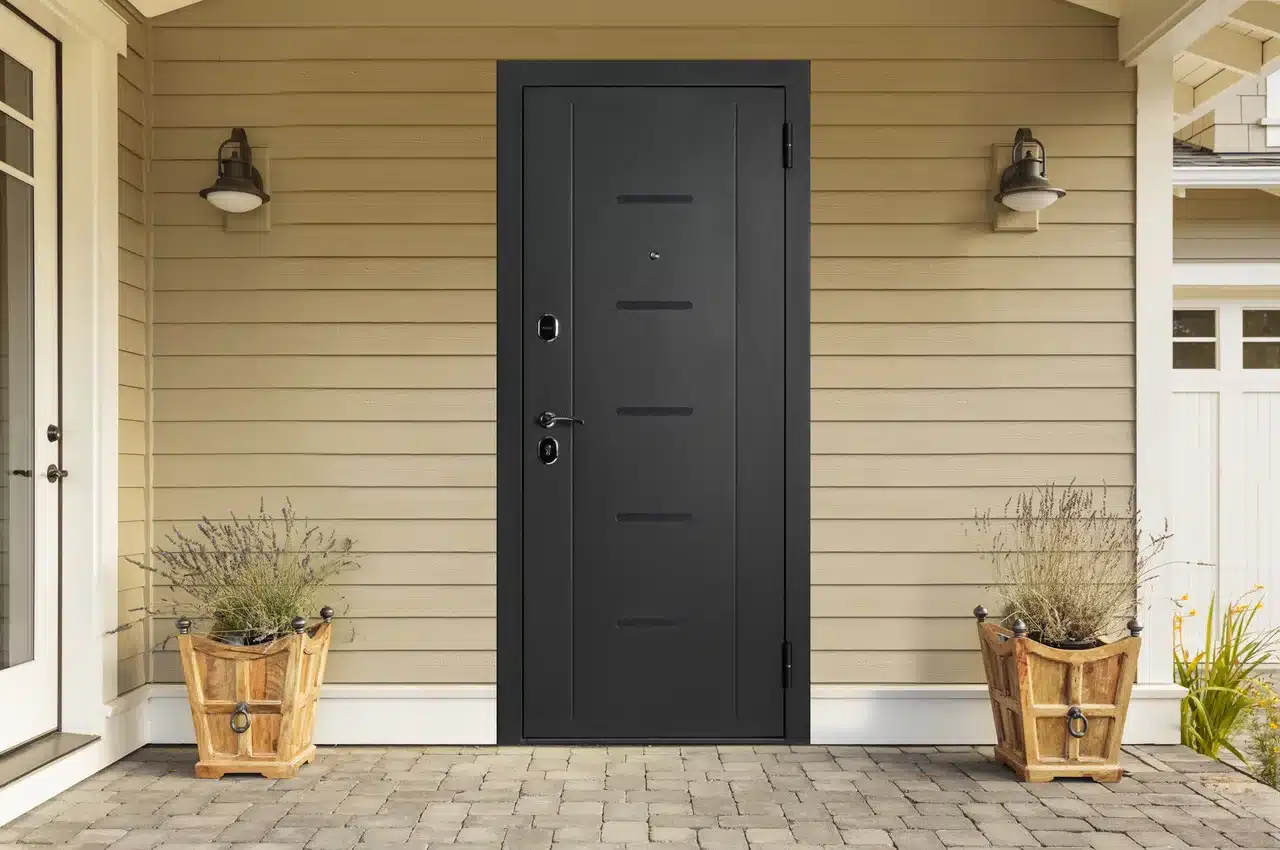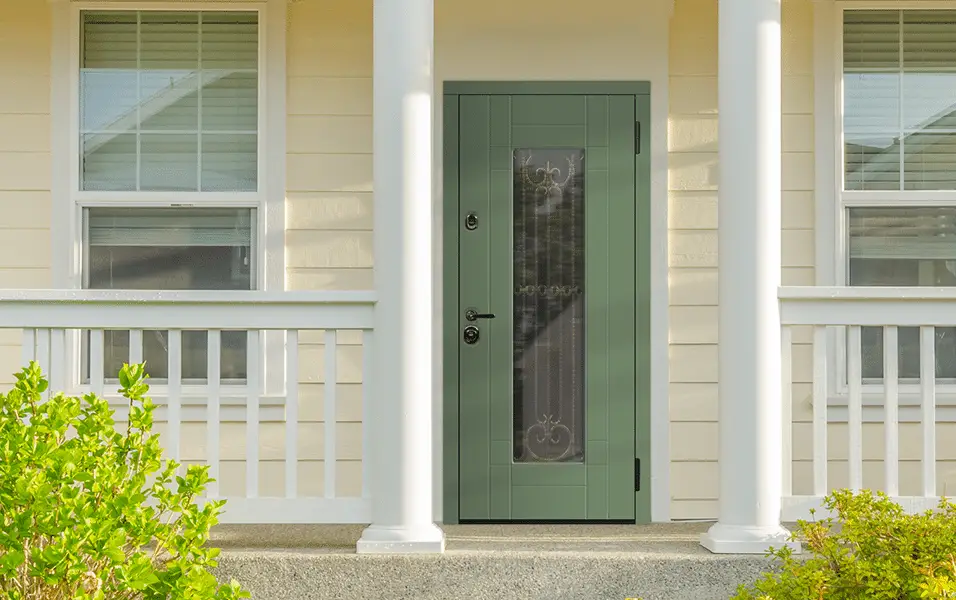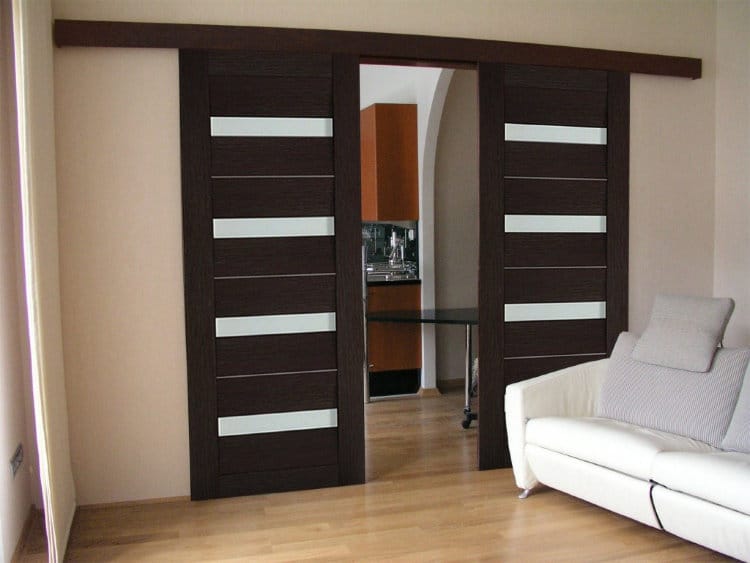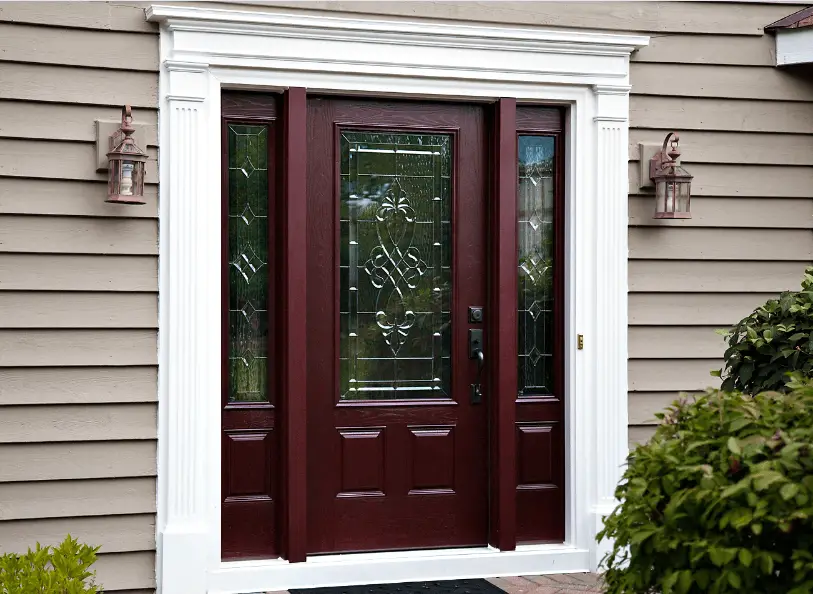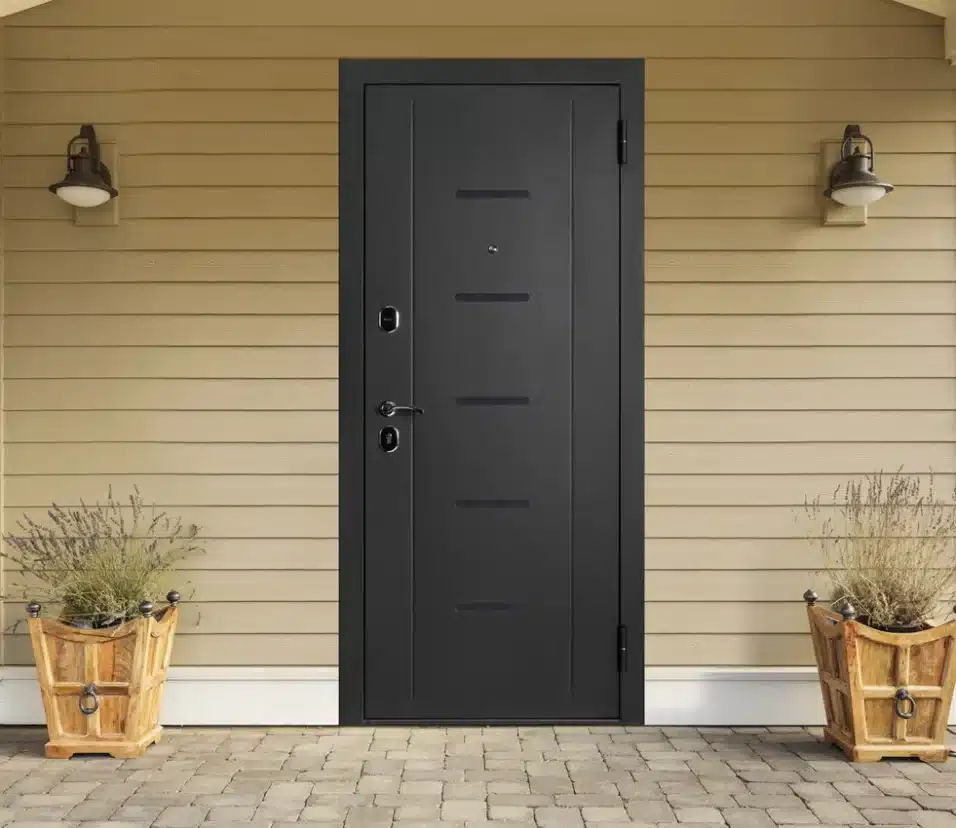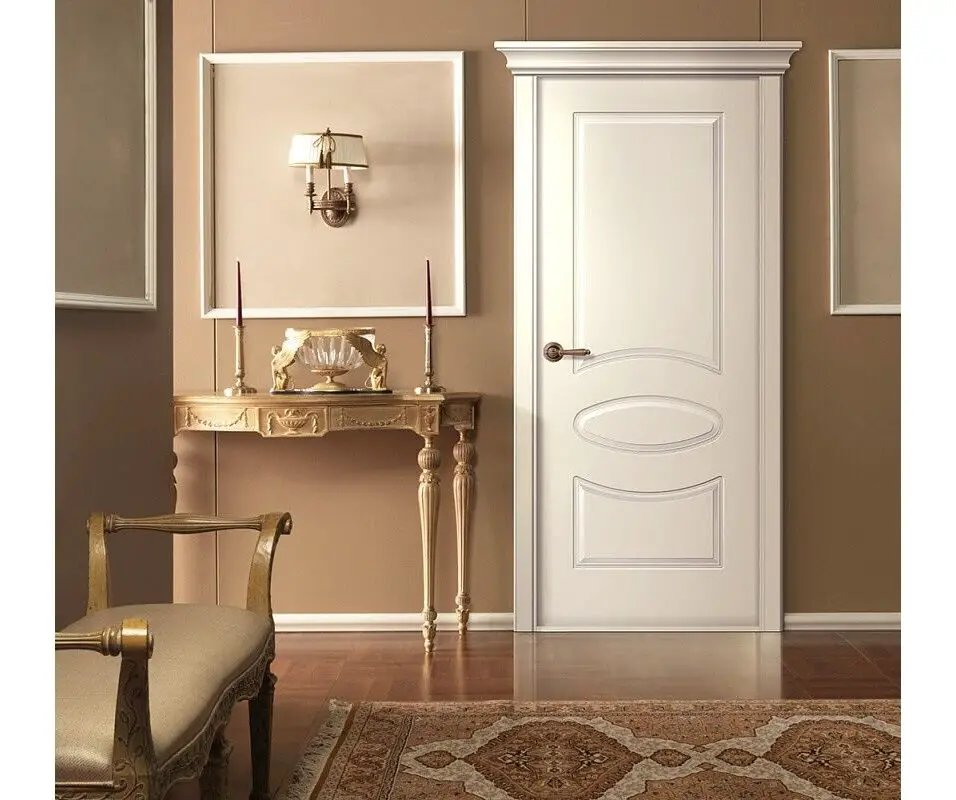How To Adjust Exterior Door
Introduction
How To Adjust Exterior Door: A properly functioning exterior door is essential for security, energy efficiency, and overall comfort in your home. Over time, doors can experience changes due to settling, temperature fluctuations, and general wear and tear. Knowing how to adjust them can save you from issues like drafts, difficulty in opening or closing, and even potential security concerns.
In this guide, we will walk you through the step-by-step process of adjusting exterior doors to ensure they fit snugly, operate smoothly, and provide optimal protection against the elements. From diagnosing the specific problems to making necessary adjustments, whether it’s re-aligning hinges, tweaking the latch, or addressing gaps, we’ve got you covered.
Whether you’re a homeowner seeking to maintain your doors or a DIY enthusiast looking to enhance your home maintenance skills, understanding the principles of adjusting exterior doors will empower you to keep your entryways in top-notch condition. Let’s dive into the world of door adjustments and equip you with the knowledge you need to tackle this essential aspect of home care.
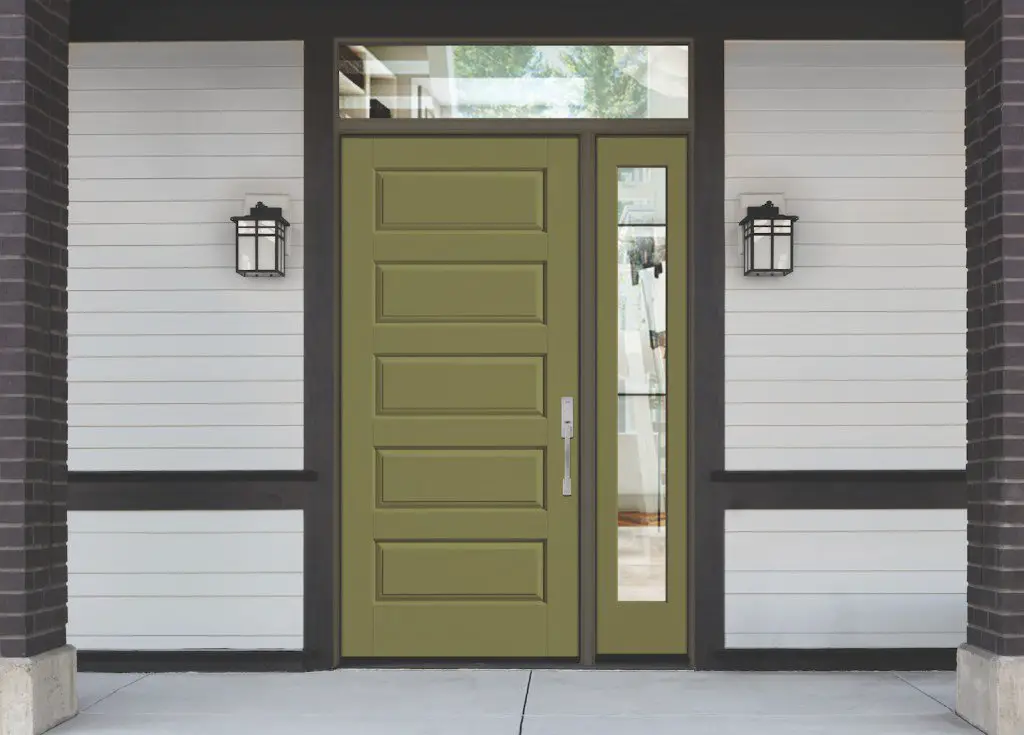
How do you fix a misaligned exterior door?
Tighten Hinge Screws
If the door is misaligned so that the top of the door scrapes against the door jamb’s side near the top, the door’s top hinge screws may need to be tightened. With the Phillips screwdriver, tighten the three screws holding the hinge to the jamb and the three screws holding the hinge to the door.
Fixing a misaligned exterior door is a common home improvement task that can help improve security, energy efficiency, and overall functionality. Here are the steps to fix a misaligned exterior door:
Step 1: Identify the Issue
Start by identifying the problem. Is the door rubbing against the frame, not closing properly, or letting in drafts? Determine where the misalignment is occurring.
Step 2: Tighten Hinges
If the door is sagging or rubbing at the top, tighten the top hinge screws. It’s sagging at the bottom, tighten the bottom hinge screws. If the screws are stripped or not holding, you may need to replace them with longer screws or use wooden dowels and wood glue for a more secure attachment.
Step 3: Shim the Hinges
If the door is misaligned horizontally, you can use thin wooden shims behind the hinges. This helps adjust the door’s position within the frame. Carefully remove the hinge pins, insert the shims, and then reinsert the pins.
Step 4: Adjust the Strike Plate
If the door is not latching correctly, adjust the strike plate on the door frame. You may need to move it slightly up, down, left, or right to ensure proper alignment with the door’s latch.
Step 5: Weatherstripping and Insulation
After addressing the alignment issues, consider adding or replacing weatherstripping to seal gaps around the door. Proper insulation helps with energy efficiency and prevents drafts.
Step 6: Test and Fine-Tune
Test the door to ensure it closes and latches smoothly without any sticking or gaps. Make further adjustments as necessary until the door functions properly.
Regular maintenance is key to preventing misalignment in the future. Keep hinges lubricated, and periodically inspect and adjust your exterior door to ensure it continues to function correctly.
What is the standard gap under door?
In general, the gap beneath an interior door will be between three-quarters of an inch and half an inch. This width depends largely on the type of flooring, as door frames are generally installed when the floor is unfinished. A standard door can have varying levels of clearance over different flooring types.
The standard gap under a door, often referred to as the “door undercut,” can vary based on factors such as the type of door, its location, and local building codes. However, a typical standard gap for residential interior doors is around 1/2 inch to 3/4 inch (13 mm to 19 mm) between the bottom of the door and the finished floor surface.
For exterior doors, especially those leading outside or to unconditioned spaces like garages, the gap is usually slightly larger, typically around 3/4 inch to 1 inch (19 mm to 25 mm). This larger gap allows for better clearance over potential floor irregularities and accommodates the installation of a door sweep or weatherstripping to provide a better seal against drafts, moisture, and pests.
It’s essential to consider the specific requirements of your door and the conditions it faces. Local building codes or regulations might specify a minimum or maximum gap for certain door types or locations, so it’s a good practice to check with your local authorities or consult the manufacturer’s recommendations if you’re unsure about the appropriate door undercut for your situation.
Can you adjust a house door?
How to Adjust a door that rubs, doesn’t shut or is sagging
I’m not talking out the window here, if you don’t want to cause any re-decorating you can adjust a door by the hinges. Unscrew the top hinge from the frame only and fill the screw holes with matchsticks. Move the hinge away from the doorstop a little, and screw it back up.
Yes, you can adjust a house door. House doors, both interior and exterior, can sometimes become misaligned or not function correctly due to various reasons, including settling, changes in humidity, wear and tear, or improper installation. Here’s how you can adjust a house door:
1. Check Hinges: Often, door misalignment issues are caused by loose or improperly installed hinges. Start by inspecting the hinge screws. If they are loose, tighten them. If the screw holes are stripped, you may need longer screws or to fill the holes with wooden toothpicks or dowels and then reattach the hinge.
2. Shim the Hinges: To correct vertical misalignment, you can use wooden shims behind the hinges. Carefully remove the hinge pins, insert the shims, and reinsert the pins. This helps adjust the door’s position within the frame.
Adjust the Strike Plate:
If the door isn’t latching correctly, you may need to adjust the strike plate on the door frame. Slight repositioning of the strike plate can ensure proper alignment with the door’s latch.
4. Plane or Sand the Door: In cases of severe misalignment, you may need to plane or sand the edges of the door. This should be done gradually and evenly on the areas of the door that are binding against the frame.
5. Weatherstripping and Insulation: After addressing alignment issues, consider adding or replacing weatherstripping to seal gaps around the door. Proper insulation helps with energy efficiency and prevents drafts.
6. Test and Fine-Tune: Test the door to ensure it closes and latches smoothly without any sticking or gaps. Make further adjustments as necessary until the door functions properly.
Regular maintenance and adjustments are crucial to ensure your house door continues to operate correctly and securely. Keep hinges lubricated and periodically inspect the door for any issues.
Why is my door not opening properly?
There are several reasons a door may stick in the doorframe, including loose hardware, a sagging frame, or seized hinges. Humidity is another common cause of sticking doors: The high moisture level in the air can seep into the wood, resulting in a swollen door that does not open or close properly.
Several factors can cause a door not to open properly. Understanding the underlying issue is key to resolving the problem:
1. Misalignment: One of the most common reasons for a door not opening properly is misalignment. This can be due to settling of the building, loose hinges, or changes in humidity. Misalignment can cause the door to stick or drag against the frame.
2. Swelling or Warping: Wooden doors, in particular, can swell or warp due to changes in temperature and humidity. This can cause the door to bind against the frame, making it difficult to open.
3. Loose or Damaged Hardware: Loose screws, damaged hinges, or a malfunctioning door knob or latch can prevent the door from operating correctly.
4. Floor Obstructions: Sometimes, objects or debris on the floor can obstruct the door’s path, preventing it from opening fully.
5. Frame Issues: Problems with the door frame, such as settling, can lead to misalignment and difficulty in opening.
6. Lack of Lubrication: Hinges and other moving parts require lubrication to function smoothly. If they are dry or rusty, the door may not open easily.
To address the issue of a door not opening properly, you should first identify the root cause. Once you’ve identified the problem, you can proceed with the appropriate adjustments or repairs, which may include realigning the door, repairing or replacing hardware, or addressing any obstructions. If you’re unsure about how to proceed, it’s often a good idea to consult a professional for assistance.
Why is my door hitting the frame?
If your door is hitting the frame, it’s likely due to misalignment or other issues.
Here are some common reasons why a door might hit the frame:
1. Misaligned Hinges: Misalignment between the door and the frame can cause the door to hit the frame when opening or closing. Check the hinges to see if they are loose or improperly installed. Tighten loose screws and ensure the hinges are securely attached to both the door and the frame.
2. Swelling or Warping: Wooden doors are particularly susceptible to swelling or warping due to changes in humidity or temperature. When the wood absorbs moisture, it can expand, causing the door to rub against the frame. Conversely, in dry conditions, the wood may contract, leading to gaps. To address this, consider sanding or planing the edges of the door to ensure a proper fit.
Settling of the House:
Over time, a house can settle, causing the door frame or the floor to shift slightly. This movement can result in misalignment, causing the door to hit the frame. In such cases, adjustments to the frame or shimming may be necessary.
4. Loose Door Hardware: Loose or damaged hardware, such as doorknobs, latches, or strike plates, can affect how the door operates. If the latch or strike plate is not aligned properly, the door may hit the frame when closing.
5. Frame or Door Damage: Inspect both the door and the frame for any signs of damage, such as dents or warping. If you find damage, it may be necessary to repair or replace the affected components.
To fix a door that is hitting the frame, first, identify the specific cause of the issue. Once you’ve pinpointed the problem, you can take the appropriate steps to address it, whether that involves tightening screws, adjusting hinges, sanding the door, or making repairs.
What is the gap between external door and frame?
There should be a 2mm or 3mm gap between the door and the frame on both sides and the top. If you do need to cut the door down to size, keep in mind that you need to cut all four sides of the door equally whenever possible to retain an accurate shape or pattern if the door is panelled.
The gap between an external door and its frame, often referred to as the “door gap” or “door undercut,” serves several purposes. The standard gap between an external door and frame can vary depending on factors like the type of door, its location, and local building codes. However, here are some general guidelines:
- Interior Doors: For interior doors, the gap is typically smaller, usually around 1/2 inch to 3/4 inch (13 mm to 19 mm) between the bottom of the door and the finished floor surface. This allows for clearance and accommodates carpeting or flooring transitions.
- Exterior Doors: Exterior doors, especially those leading outside or to unconditioned spaces like garages, typically have a slightly larger gap, often ranging from 3/4 inch to 1 inch (19 mm to 25 mm). This larger gap accounts for potential floor irregularities and allows space for the installation of a door sweep or weatherstripping to provide a better seal against drafts, moisture, and pests.
Proper door gaps are essential for maintaining energy efficiency, security, and ease of use for your external doors.
What is door frame fixing?
The purpose of the fixing is to enable connection between the pressed metal door frame and the wall. The type of fixing selected will depend on the type of your wall, how you intend to finish the junction between the wall and the frame and the way in which you would prefer to install the frame into or onto the wall.
Door frame fixing, also known as door frame installation or door frame mounting, refers to the process of securely attaching a door frame to the surrounding structure, typically the wall framing of a building. This is a critical step in the construction or installation of doors, as it provides the framework for the door to hang and function correctly.
Here’s a breakdown of the key aspects of door frame fixing:
- Alignment: Proper alignment of the door frame is essential to ensure that the door hangs straight and operates smoothly. The frame must be level, plumb (vertically straight), and square (forming right angles) to the surrounding walls.
- Fastening: The door frame is securely fastened to the wall studs or framing using screws, nails, or anchors, depending on the construction materials and methods. These fasteners ensure that the frame remains in position and can support the weight and stresses imposed by the door.
- Shimming: Shims, which are thin, wedge-shaped pieces of material, are often used during door frame fixing. Shims are placed behind the frame at various points to achieve proper alignment and ensure that the frame is level and plumb. This step helps prevent the door from binding or sticking.
- Insulation and Weatherproofing: In some installations, insulation may be added between the frame and the wall for energy efficiency and climate control. Weatherstripping and sealing materials are also applied to create a tight seal, preventing drafts, moisture, and pests from entering.
Proper door frame fixing is crucial not only for the door’s functionality but also for security and energy efficiency. A well-fixed door frame provides a stable and secure anchor for the door, which is essential for the door to perform its intended functions effectively.
Should doors be aligned?
Alignment of Doors
Your home’s design should avoid the direct alignment of the front door and back door (or aligning either door with a big, tall window).
Yes, doors should be properly aligned for several reasons:
1. Functionality: Properly aligned doors open and close smoothly. When doors are misaligned, they may stick, bind, or scrape against the frame, making them difficult to use. Misaligned doors can also cause wear and tear on hinges, handles, and latches.
2. Security: A door that doesn’t align correctly with its frame may leave gaps, compromising security. Intruders could exploit these gaps to force entry or tamper with the lock. A well-aligned door ensures that the locking mechanism engages securely, enhancing home security.
3. Energy Efficiency: Properly aligned doors help maintain a tight seal. This seal is essential for energy efficiency, preventing drafts from entering and conditioned air from escaping. An aligned door contributes to a more comfortable interior and lower energy bills.
4. Aesthetics: Misaligned doors can be visually unappealing. They may not sit flush with the frame, creating gaps or uneven spacing. Proper alignment ensures a neater and more aesthetically pleasing appearance.
5. Longevity: Continuous misalignment can lead to premature wear and damage to the door, hinges, and frame. Proper alignment helps extend the lifespan of these components.
Achieving proper door alignment often involves adjusting hinges, strike plates, or the door frame itself. Regular maintenance and periodic checks for alignment issues are essential to ensure that doors function as intended and provide the desired level of security, energy efficiency, and aesthetic appeal.

Conclusion
Knowing how to adjust your exterior door is a valuable skill that can enhance your home’s security, energy efficiency, and overall functionality. We’ve covered essential steps and tips in this guide to help you diagnose and fix common door alignment issues.
By following the instructions provided, you can address problems like sticking, sagging, or draftiness, ensuring that your exterior door operates smoothly and effectively. Regular maintenance and adjustments can extend the lifespan of your front door, saving you money on repairs and making your home more comfortable and secure.
Remember that proper door adjustment not only improves your door’s performance but also enhances your home’s curb appeal. A well-maintained exterior door not only welcomes you and your guests but also keeps the elements at bay. So, take the time to learn and apply these adjustment techniques to keep your exterior door in excellent condition for years to come.



